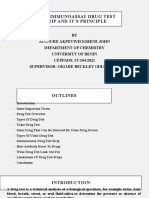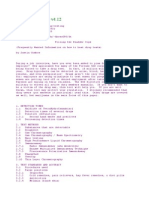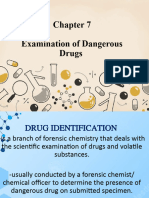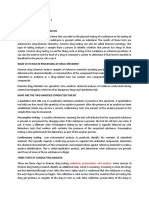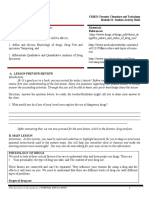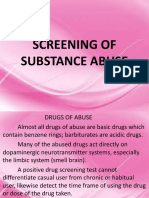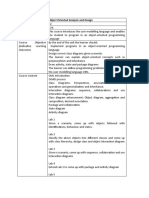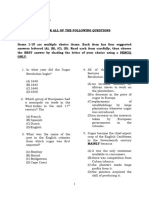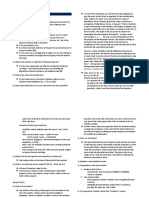0% found this document useful (0 votes)
22 views8 pagesDrugtesting Article
The document discusses the interference of various drugs with urine drug screens, highlighting the growing concern of substance abuse in the U.S. It explains the methods of urine drug testing, the factors affecting accuracy, and the potential for false-positive and false-negative results. It emphasizes the importance of confirmatory testing and understanding the limitations of immunoassay screenings to ensure accurate drug detection.
Uploaded by
brandothedeveloperCopyright
© © All Rights Reserved
We take content rights seriously. If you suspect this is your content, claim it here.
Available Formats
Download as PDF, TXT or read online on Scribd
0% found this document useful (0 votes)
22 views8 pagesDrugtesting Article
The document discusses the interference of various drugs with urine drug screens, highlighting the growing concern of substance abuse in the U.S. It explains the methods of urine drug testing, the factors affecting accuracy, and the potential for false-positive and false-negative results. It emphasizes the importance of confirmatory testing and understanding the limitations of immunoassay screenings to ensure accurate drug detection.
Uploaded by
brandothedeveloperCopyright
© © All Rights Reserved
We take content rights seriously. If you suspect this is your content, claim it here.
Available Formats
Download as PDF, TXT or read online on Scribd
/ 8










